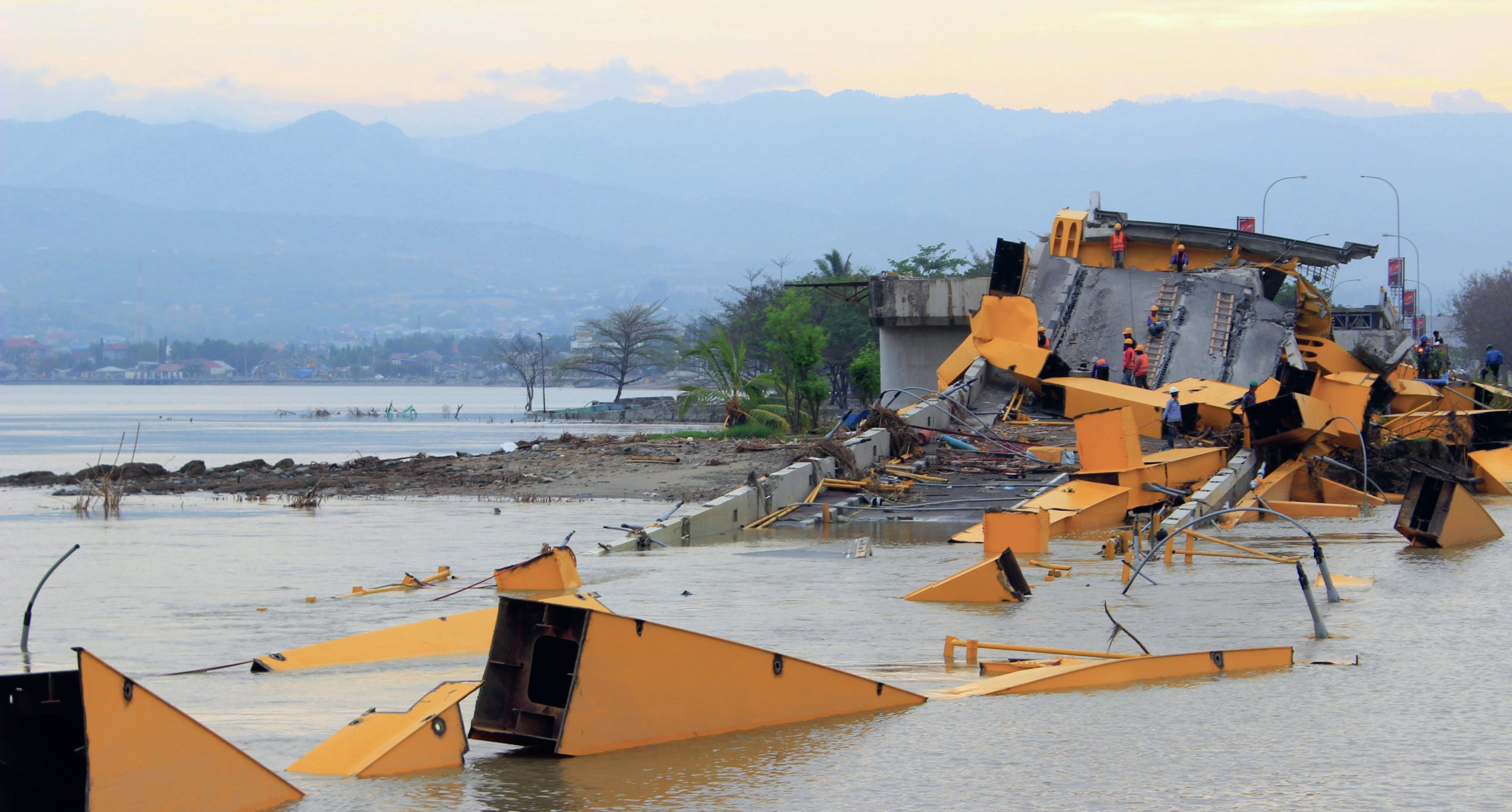
In September 2018, the Indonesian island of Sulawesi was devastated by a tsunami, triggered by an earthquake. Indonesia is the world’s largest island country, with more than 17,000 islands. With a population of over 261 million people, it is the world’s fourth most populous country.
On 28 September 2018, a 7.5-magnitude earthquake struck at a depth of 10 km off the north coast of the island of Sulawesi. It triggered a huge wave known as a tsunami, which engulfed the coastal town of Palu.
Your organisation does not have access to this article.
Sign up today to give your students the edge they need to achieve their best grades with subject expertise
Subscribe




